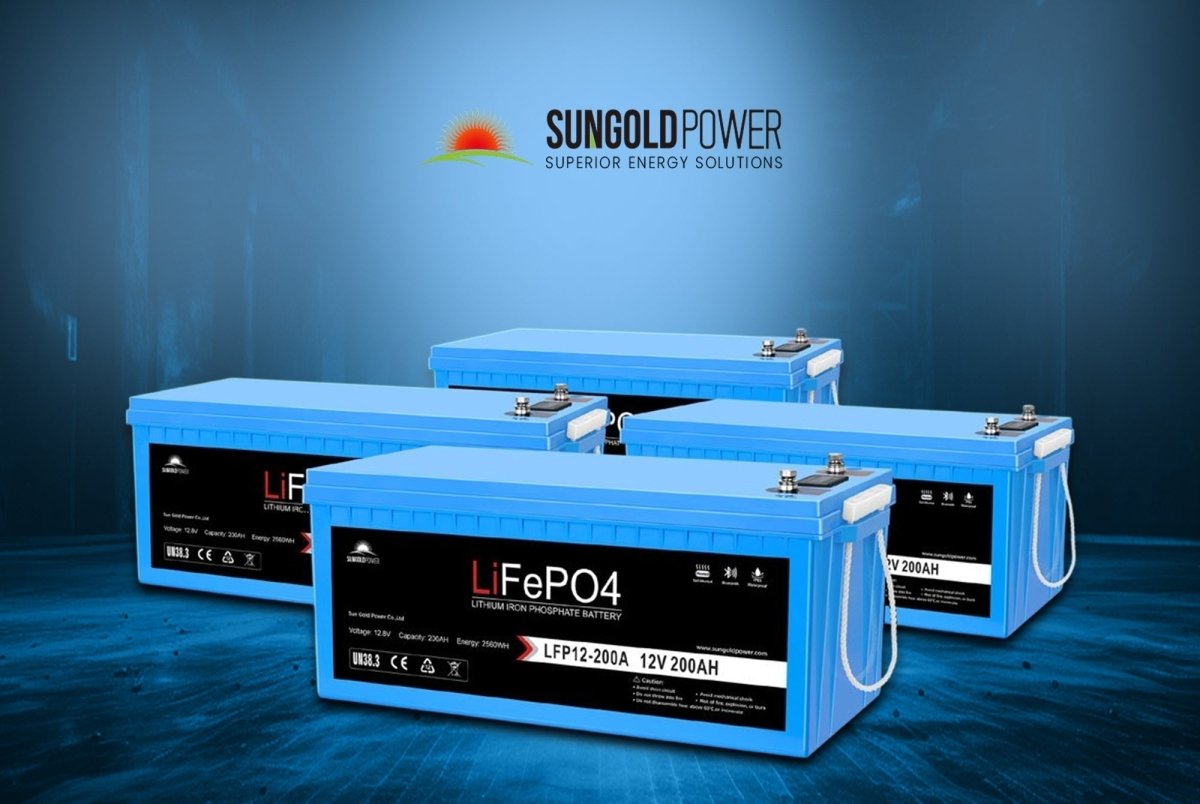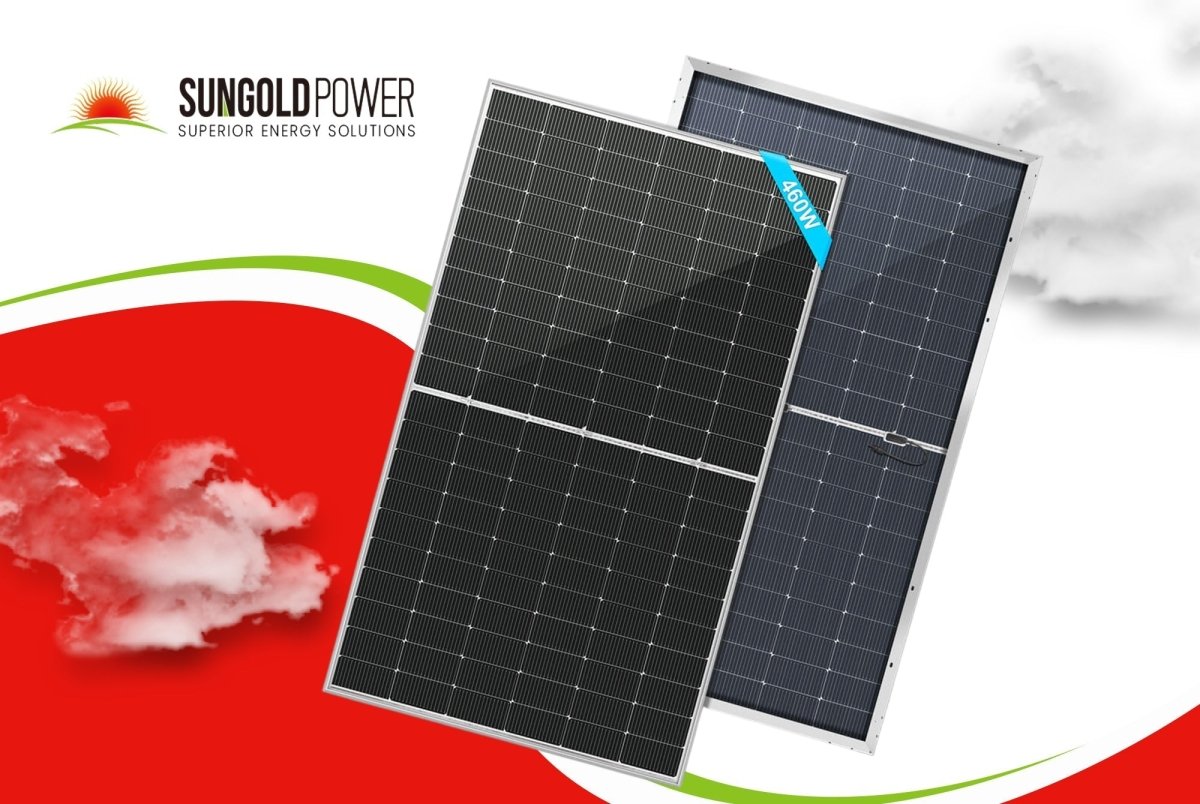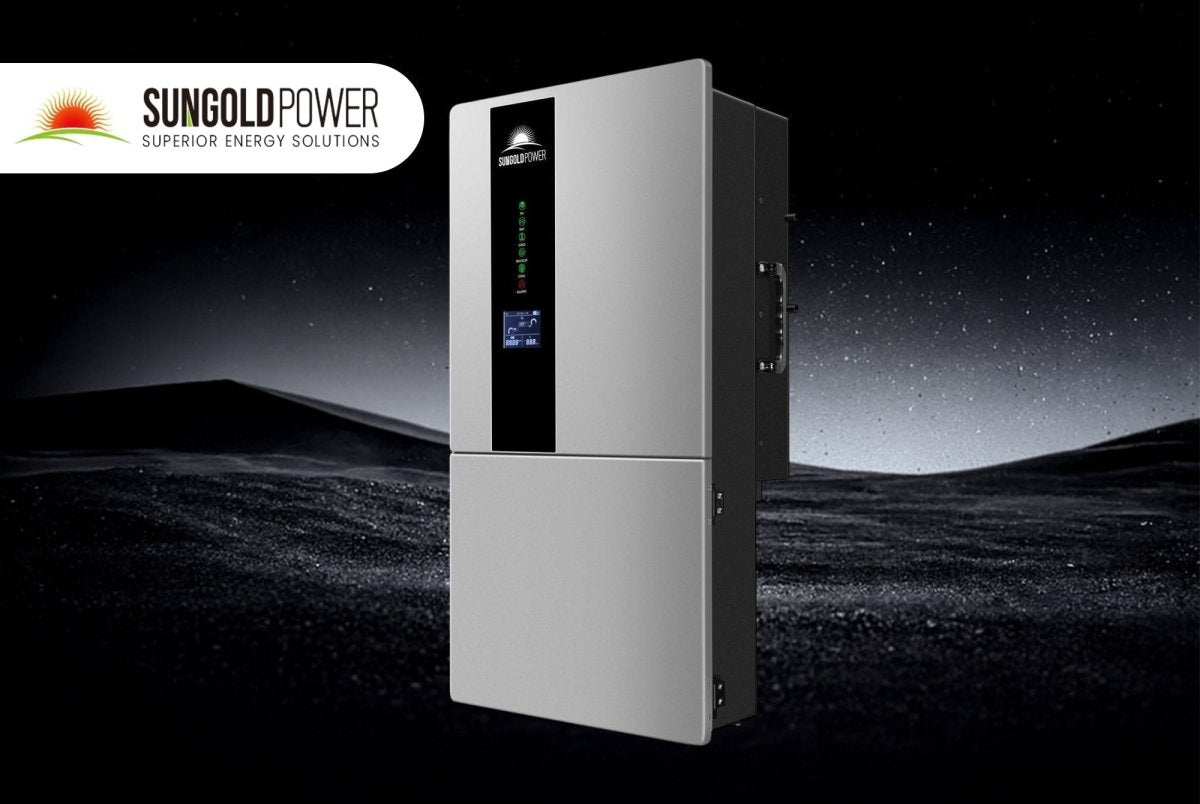Shirley - Nov 26 2024
Can Solar Panels Still Shine on Cloudy Days?

Solar panels are an important renewable energy source due to their efficiency, sustainability, and environmental benefits. Solar energy is clean, producing no pollutants or greenhouse gases, helping to combat climate change. With advances in technology, solar panels have become more efficient, offering reliable power for homes, businesses, and industries. Solar energy, as a limitless resource, can meet long-term energy needs and reduce reliance on fossil fuels. The growing use of solar panels lowers energy costs and supports the green economy, promoting more sustainable living. Solar panels are crucial in homes, and their ability to work effectively even in low sunlight, such as during cloudy or rainy weather, is a key consideration for many when choosing renewable energy. To better understand their performance in adverse weather, it’s worth exploring how solar panels function under these conditions.

1.How Solar Panels Work
Solar panels are an efficient renewable energy source that converts sunlight into electricity through their unique structure and working principle. The core component of a solar panel is the solar cell, typically made from silicon, which can be either monocrystalline or polycrystalline. Each cell consists of multiple silicon crystals that absorb photons from sunlight and convert that light energy into electrical energy.
The basic principle behind solar panels is the photovoltaic (PV) effect. When sunlight hits the surface of a solar cell, photons excite electrons in the silicon atoms. These excited electrons flow through the conductive material, generating electricity. A key feature in this process is the PN junction, made up of positive and negative charge areas. The electric field at the junction directs the electrons in a specific direction, creating an electrical current.
In addition to the solar cells, solar panels include other important components. For example, the cells are coated with an anti-reflective layer that reduces sunlight reflection, ensuring that as many photons as possible are absorbed. The cells are connected by wires to form a large array, increasing the output voltage and current for higher energy production.
The surface of solar panels is typically covered with tempered glass, which protects the cells from physical damage while still allowing sunlight to pass through. The backsheet provides additional support, preventing moisture from entering and protecting the internal components. The frame, usually made from lightweight yet durable aluminum alloy, ensures the panel stays stable even under harsh weather conditions.
The entire system works by converting sunlight into direct current (DC) electricity, which is then converted to alternating current (AC) by an inverter to be used in homes or businesses. Whether monocrystalline or polycrystalline, the fundamental working principle of solar panels remains the same: they use the photovoltaic effect to convert solar energy into usable electricity.

2.Solar Panels Performance on Cloudy Days
On cloudy days, the intensity and spectral distribution of light received by solar panels significantly change. Due to cloud cover, light intensity drops, directly affecting the power generation capacity of solar panels. Compared to sunny days, the spectral distribution on cloudy days contains more scattered light, which has lower energy. This leads to less efficient conversion of light into electricity, thus reducing the power generation efficiency of solar panels.
The impact of cloud cover on solar panel performance varies depending on the thickness and density of the clouds. On days with light or sparse clouds, the power generation of solar panels might only decrease by 20% to 30%. However, when the clouds are thicker, the decrease in efficiency can range from 30% to 50%. In the case of heavy cloud cover or rainy weather, the efficiency of solar panels can drop by 50% to 80%. However, cloudy days are not entirely disadvantageous. They produce diffuse light, which, although weaker, can still be captured by solar panels and converted into electricity, supporting basic power needs.
With advances in solar technology, particularly the use of high-efficiency solar cells and bifacial photovoltaic panels, the performance of solar panels in low-light conditions has improved significantly. For example, solar systems in cloudy regions such as New York and San Francisco can still generate significant power on cloudy days. High-efficiency solar cells are better at capturing low-energy scattered light, while bifacial panels can utilize reflected light from the ground and sky to improve power generation on cloudy days.
In conclusion, while solar panels’ power generation efficiency is lower on cloudy days, they still function and provide sufficient electricity for daily needs. Though the power output on cloudy days can't match that of sunny days, advancements in solar technology ensure that modern solar panels maintain strong performance even under weak light conditions. Therefore, even on cloudy days, solar panels continue to provide stable energy for homes and businesses.

3.Solar Panels Performance in Harsh Weather Conditions like Rain and Snow
In rainy, snowy, and extreme storm conditions, solar systems face several challenges. However, modern technology and optimized designs have made these challenges more manageable. Snow and rain reduce light intensity, and snow accumulation can even completely block the surface of solar panels, significantly reducing power generation efficiency. To address this, many modern solar systems incorporate innovative features, such as heating elements that automatically melt the snow, ensuring that solar panels continue to receive sunlight.
Although rain can temporarily decrease system efficiency, it also has a cleaning effect, helping to reduce dust accumulation and indirectly improving performance on sunny days. Extreme storms with strong winds pose a more significant threat to the stability of solar systems, potentially displacing mounts or damaging panels. To counter this, solar panels are made with materials and structures specifically designed for wind resistance. For example, high-strength aluminum alloy or stainless steel mounts can withstand strong winds, while premium panel materials like tempered glass and UV-resistant coatings significantly enhance impact resistance and durability.
The scientific design and installation of the system play a critical role in its ability to operate reliably in harsh weather. A proper tilt angle can reduce snow accumulation and alleviate wind pressure on the panels. Additionally, high-quality components and secure mounting systems prevent panel displacement or breakage in strong winds. Moreover, selecting the right materials and equipment based on local climate conditions is crucial for the system's durability and reliability.
In conclusion, while harsh weather conditions like rain, snow, and storms can affect the efficiency of solar panels, advanced technology and thoughtful design enable solar systems to maintain stable operation, ensuring reliable power supply for daily energy needs.
4.Choosing High-Efficiency Solar Panels
When selecting solar panels, it is crucial to understand their performance under cloudy or adverse weather conditions. Monocrystalline, polycrystalline, and thin-film solar panels each have unique characteristics in low-light environments, and the application of bifacial solar panels and high-efficiency technologies further optimizes their ability to generate power in extreme conditions.
Performance Differences Between Solar Panel Types in Cloudy Weather
(1)Monocrystalline Solar Panels: With a high photoelectric conversion efficiency of 20%-22%, monocrystalline panels perform exceptionally well in cloudy conditions. Even in scattered light environments, their efficiency drop is limited, making them an ideal choice for users with high performance requirements.
(2)Polycrystalline Solar Panels: These panels have a lower efficiency (15%-18%) and are more dependent on direct sunlight. As a result, their power generation performance in cloudy conditions is inferior to that of monocrystalline panels, but they are a more cost-effective option for users with a limited budget.
(3)Thin-Film Solar Panels: Thin-film panels are better at adapting to scattered light and generally perform better than polycrystalline panels in cloudy weather, approaching the performance of monocrystalline panels. However, with a lower overall conversion efficiency (10%-12%), their power generation is still below that of the other two types but is suitable for regions with frequent cloud cover or weak light.
Bifacial and High-Efficiency Solar Panel Technologies
(1)Bifacial Solar Panels: These panels capture light from both the front and back sides, utilizing scattered and reflected light from the ground during cloudy conditions, which enhances power generation efficiency. Studies show that bifacial panels can increase energy production by 10%-20% compared to traditional monofacial panels.
(2)High-Efficiency Solar Technologies:
· PERC Technology: This increases the rear passivation layer, improving light absorption and significantly enhancing performance under low-light conditions.
· Anti-Reflective Coating: It effectively reduces light reflection, boosting light absorption, especially under cloudy conditions.
· IBC Technology: This optimizes the current path to maintain high efficiency even in low-light environments.
Adverse weather conditions challenge solar panel performance, but the key to ensuring continued operation lies in the manufacturing process and technology. For instance, anti-reflective coatings can substantially reduce light loss, enabling solar panels to absorb more energy even in weaker light. Advanced tracking systems, such as dynamic tracking, adjust the panel angle to improve energy production in various weather conditions. High-quality protective designs, such as reinforced glass and strong frame materials, enhance the panel's durability and storm resistance, ensuring stable performance in extreme conditions.
After understanding the differences between solar panel types, you can make informed decisions based on your geographical climate. For regions with frequent cloud cover or rainy weather, prioritize monocrystalline or thin-film panels with anti-reflective coatings. If your budget allows, opt for panels with PERC or bifacial designs for better efficiency in low-light conditions. Finally, consider long-term reliability by selecting panels with strong wind resistance and suitability for extreme weather, and ensure the mounting systems and installation design are tailored to the local climate.

5.Protection Measures for Solar Panels
To maintain the performance and lifespan of solar panels, it's essential to implement proper cleaning and protection measures, especially under harsh weather conditions. Regularly removing dust, leaves, and other debris from the panels is key to ensuring efficient operation. Obstructions can reduce light penetration and decrease energy production. When cleaning, it is recommended to use a soft brush or sponge with clean water or a neutral cleaner to avoid scratching the anti-reflective coating. It's best to clean panels early in the morning or in the evening to prevent thermal shock from the heat of midday sunlight.
In areas with heavy snowfall, snow barriers can effectively prevent snow from sliding off, easing the pressure on the mounting system and aiding in the natural melting of the snow, reducing cleaning efforts. For regions with thick snow accumulation, installing a heating cable system is an ideal solution to melt the snow, ensuring continuous exposure of the panels for optimal energy generation. Additionally, during long periods of non-use or extreme weather warnings (such as hailstorms), installing a protective cover on the panels can help prevent mechanical damage.
Wind resistance is also critical for solar panels. In areas prone to thunderstorms, it is advisable to install lightning protection systems to prevent damage from lightning strikes. Dynamic monitoring systems can assess the panel’s operational status in real time, automatically shutting down the system in the event of a storm or other threats to prevent equipment overload. Smart protective systems, such as automatic angle adjustment, can help by adjusting the panel's tilt to reduce wind pressure and prevent the accumulation of rain or snow.
Through scientific cleaning maintenance and effective protection measures, the performance of solar panels can be significantly enhanced in harsh weather, extending their lifespan and ensuring stable, efficient power output. Choosing suitable technological equipment and ensuring proper protection are crucial steps in safeguarding the investment in solar energy.
Solar panel performance under cloudy or adverse weather conditions varies depending on the type and technology. Different solar panel technologies offer unique advantages in various climates. High-quality panels, even in extreme conditions such as rain, snow, or storms, can still effectively absorb light, although efficiency will be reduced compared to sunny days. Therefore, selecting the appropriate type of solar panel based on specific needs and combining it with scientifically planned protection measures not only improves energy generation during cloudy or harsh weather but also extends the lifespan of the equipment, providing users with long-term, stable green energy solutions.




